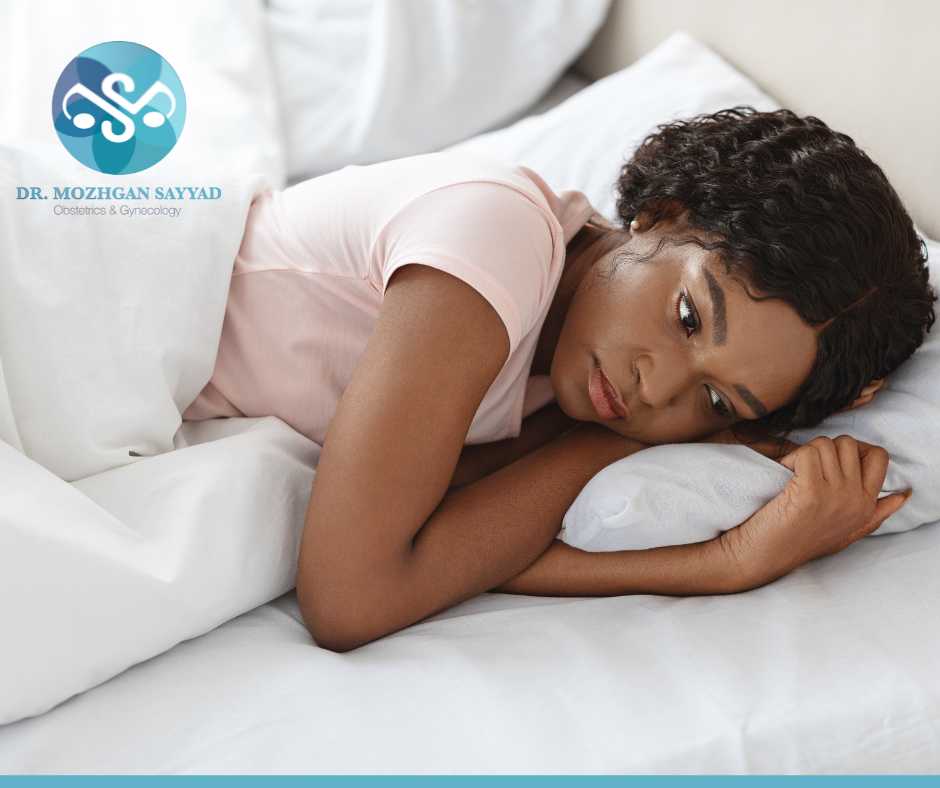What is Female Sexual Dysfunction?
According to DSM, female sexual dysfunction refers to the various ways a woman cannot engage in sexual relationships as she wishes. It includes a variety of classifications:
- Reduced or loss of sexual desire
- Difficulty in genital response
- Orgasmic dysfunction
- Nonorganic vaginismus
- Excessive sexual drive
Therefore, the female sexual disorder affects every stage of the sexual response cycle, a sequence of physical and emotional changes that occur during sexually stimulating activities.
The sexual response cycle has four phases, namely:
- Excitement
In this stage, the body prepares for sexual activities by tightening muscles and increasing heart rate and blood pressure. Characteristics of the excitement phase include hardened nipples, vaginal lubrication, and an erect penis. - Plateau
The plateau stage intensifies sexual excitement before orgasm. Heart rate, blood circulation, and breathing rapidly increase. For men, pre-ejaculation may occur, while women experience extreme sensitivity in the clitoris. - Orgasm
Orgasm is the climax of the sexual response cycle and the shortest phase. It involves the release of neuromuscular tension. Women experience rhythmic contractions of the uterus and vaginal muscles, while men’s penis contracts to release sperm and semen. - Resolution
The resolution stage is when the body gradually returns to normal functioning. Erected and swollen organs return to their previous state. Men typically experience a refractory or recovery period where they cannot achieve another orgasm, which varies among individuals. Women, on the other hand, have no refractory period and can have multiple orgasms.
Causes
The causes of sexual dysfunction in women are often unclear but can be attributed to three segments:
- Psychological Factors
Depression, stress, previous trauma, and relationship issues contribute to sexual dysfunction. Antidepressants have been shown to alleviate symptoms in women with depression and sexual dysfunction. - Physical Factors
Conditions like blood flow disorders, gynecological conditions, hormonal changes, and specific diseases such as diabetes, arthritis, and multiple sclerosis can contribute to sexual dysfunction. Certain medications and treatments may also hinder sexual enjoyment. - Situational Factors
Cultural, environmental, and marital practices can influence sexual dysfunction.
Symptoms
Women with sexual dysfunction typically experience the following symptoms:
- Lack of sexual desire or libido
- Trouble achieving orgasm
- Reduced intensity of orgasm
- Pain or difficulty during sexual penetration
Diagnosis
Sexual dysfunction is diagnosed when a woman experiences symptoms for at least six months, and it causes her significant distress. The diagnosis is made after a detailed interview by the doctor with both sex partners, alone and together. The doctor can enquire about childhood trauma, sexual abuse, relationship experiences, personality traits, and other medical conditions. Doctors may also conduct a pelvic exam to understand any abnormalities around and inside the genital organs.
Treatment for Female Sexual Dysfunction
Women with sexual dysfunction must work with their doctors to create a treatment plan that addresses their symptoms. However, some of the general treatments include:
- Counseling
Psychological therapy has helped numerous women. Talking to a certified mental health professional will target the root cause. Women can choose between one-on-one sessions or couples counseling based on their requirements. - Arousal Techniques
It’s essential to communicate with the partner regarding one’s sexual desire. Understanding each other’s way of enhancing desire and orgasm can help achieve great results. - Hormone Therapy
Based on the individual’s symptoms, the doctor may recommend topical creams, vaginally administered medicines, or hormones taken either orally or applied. - Medication
Certain medications like Flibanserin or bremelanotide may be recommended based on individual conditions. - Other Treatments
- PRP G shot -Oshot
- Low intensity shockwave therapy
Other forms of treatment include:
[a] Understanding woman’s anatomy and learnings ways to arouse her
[b] Making quality time for sexual activity
[c] Improving communication with partner
[d] Managing stress
[e] Trigger-point pressure
[f] Electrical stimulation
[g] Therapeutic ultrasonography
[h] Pelvic floor exercises
[i] Surgery
Related Q&A
Q1. How common is FSD?
Female sexual disorder is a relatively common condition that affects women at any stage of life. Recent studies show that around 30% to 60% of women experience sexual dysfunction.
Q2. When should I see a doctor if I suffer from FSD?
If you have been suffering from the aforementioned symptoms for at least six months and it’s causing you significant distress, please talk to your doctor immediately.
Q3. How can I prevent myself from FSD?
Although there isn’t a way to prevent sexual dysfunction, one can definitely reduce its possibility by:
- Avoiding drugs
- Limiting or avoiding alcohol intake
- Eating a balanced diet
- Maintaining a healthy weight
- Exercising regularly
- Practicing open communication
- Seeking help when necessary
Q4. Is FSD permanent?
Female sexual disorders can be effectively managed through an appropriate treatment plan. However, in some cases, like nerve damage or severe injury, the symptoms may be permanent. But through the right treatment and support, it can still be treated.
Q5. Can menopause cause FSD?
Yes, menopause can cause changes in the hormonal levels which may lead to symptoms of sexual dysfunction like vaginal dryness, decreased desire, and trouble achieving orgasm. Hormone therapy and other treatments can surely help manage the symptoms.
Contact Dr. Mozhgan if you suffer from symptoms of menopause.
Q6. Can FSD cause infertility?
Although sexual dysfunction doesn’t directly impact fertility, it can make it difficult to conceive.
Q7. Is FSD a symptom of an underlying medical condition?
Yes, in some cases, FSD can be a symptom of an underlying medical condition like diabetes, thyroid problems, or neurological problems.
Get Help with Dr. Mozhgan Sayyad
As you can see, female sexual dysfunction is a common problem that can be successfully treated. If you are searching for the best female gynecologist in UAE, meet Dr. Mozhgan Sayyad.
Dr. Mozhgan Sayyad is a prolific doctor with over 25 years of invaluable experience and a proud member of prestigious organizations like the European Society of Aesthetic Gynecology [ESAG], the International Society of Sexual Medicine [ISSM], and the European Society of Sexual Medicine [ESSM]. Dr. Mozhgan is well known for her tremendous service in aesthetic surgeries & non-surgeries, female sexual dysfunction, and other Gynecologic complex surgical and non surgical cases . With over two decades of exceptional service, Dr. Mozhgan has wonderfully assisted thousands of women on their health journey.


